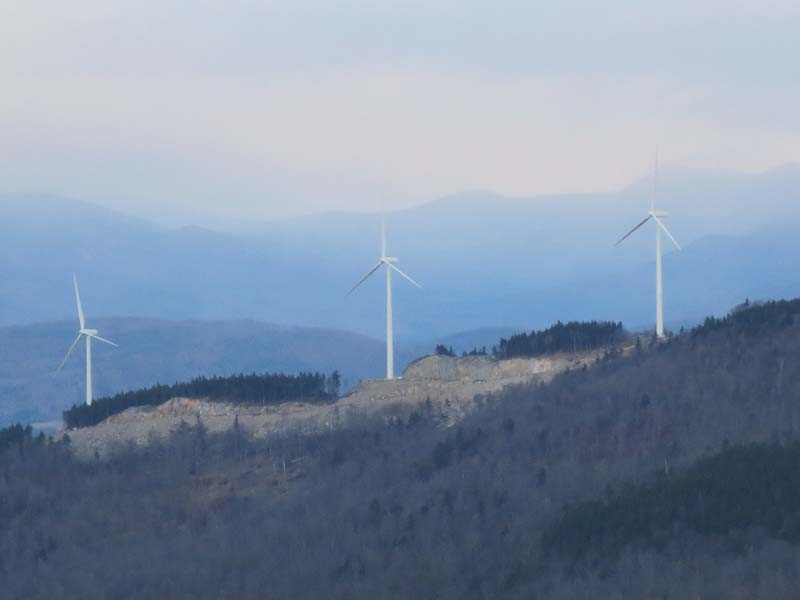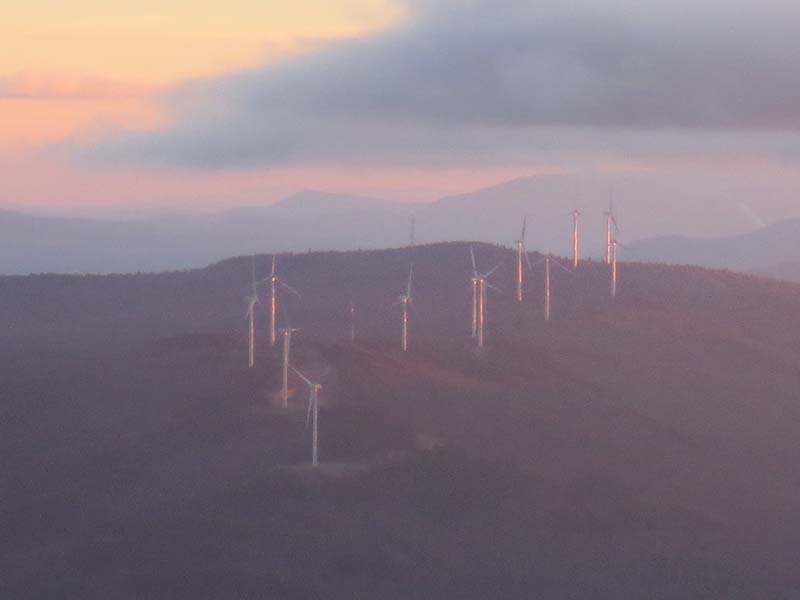Snowflea
New member
- Joined
- Sep 5, 2003
- Messages
- 1,104
- Reaction score
- 284
I categorize myself as being pro-windpower and think they look kind of cool. However, for me, it's a matter of where they're erected.
To say, I have no problem with the huge wind developments in California, Texas, the Midwest - places where it's REALLY windy - but I do HATE to see them on our New England ridgelines. Vermont's Lowell Mountain and Hardscrabble Ridge (Sutton) come to mind. Neither were/are in my "backyard" so don't go accusing me of being a NIMBY.
To say, I have no problem with the huge wind developments in California, Texas, the Midwest - places where it's REALLY windy - but I do HATE to see them on our New England ridgelines. Vermont's Lowell Mountain and Hardscrabble Ridge (Sutton) come to mind. Neither were/are in my "backyard" so don't go accusing me of being a NIMBY.


